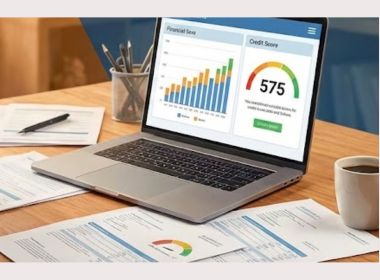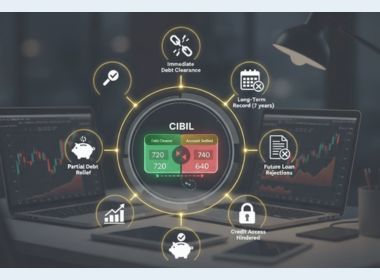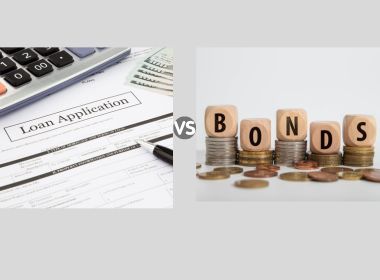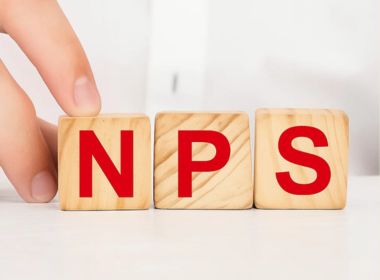Search Suggestions
- Gold Loan
- Money Transfer
- Mutual Funds

Key Information and How to Fill the Form for PF Withdrawal
Employee Provident Fund (EPF) or Provident Fund (PF) as it is commonly referred to as is a mandatory savings scheme available to eligible employees of organizations registered under the EPF Act, 1952. The main objective is to help employees build a retirement corpus through the EPF scheme. It comes with a decent interest rate. Each member is given a UAN (Universal Account Number) linked to their EPF account. An employee can make a full withdrawal upon retirement, quitting his job, superannuation, or termination. Apart from that partial withdrawals are also allowed under exceptional circumstances. In case of PF withdrawal before the completion of five years of the PF account, the amount is subject to income tax and TDS deduction. Form 15G has to be submitted during PF withdrawal to avoid deduction of TDS on the interest.
What Form 15G and its Key Eligibility Criteria?
Individuals whose annual income falls within the non-taxable limit of ₹2.5 lakhs can save Tax Deduction at Source (TDS) by furnishing Form 15G/ 15H.
Form 15G is a declaration that you fall under the non-taxable income bracket and no TDS should be deducted from the interest amount. However, only the following entities are eligible for submitting Form 15G:
- You are a resident individual of India or a Hindu-Undivided Family (HUF).
- Your computed tax amount in a financial year is nil.
- Your age is less than 60 yrs.
- The total interest you have accumulated on your deposits is less than the basic exemption limit, i.e., ₹2.5 lakh.
If you are eligible, you need to furnish your Form 15 G at the start of every financial year.
Key Difference between Form 15G and Form 15H
Form 15G:
- Citizens must be below 60 yrs to use this form.
- HUFs are eligible.
- The total interest income should not exceed the threshold limit of ₹2.5 lakh.
- The interest income must be more than ₹40,000.
Form 15 H:
- Citizens must be above 60 yrs to use this form.
- HUFs are not eligible
- No threshold limit
- The interest income must be more than ₹50,000.
How to Submit Form 15G for PF Withdrawal?
If your EPF withdrawal is more than Rs. 50,000, you might be liable to pay TDS on it or if the PF withdrawal is done before the completion of five years of the PF account. To avoid this TDS, you need to submit Form 15H or Form 15 G during the EPF withdrawal process. Form 15G can be downloaded from any bank’s website or the EPFO Portal.
Suggested Read: Pf Withdrawal Rules - Full, Advance Withdrawal, Process, Documents, Grievance, And Tax
There are two ways of submitting Form 15G for EPF withdrawal:
- Offline Method: In this, the applicant has to download and print Form 15G for PF withdrawal (can be done from the EPFO portal). Fill out the details and submit them to the EPFO office along with the EPF withdrawal form and requisite documents.
- Online Method: Form 15G can be filled out online as well through the EPFO Portal. The online process of PF withdrawal entails the following steps:
- You have to log in to EPFO unified portal through your UAN.
- Fill in the captcha code provided.
- Click on the ‘online services section’.
- Go to ‘Claim (Form-31, 19, 10C & 10D)’ available in the drop-down menu.
- After filling in all the required details, one must verify the last 4 digits of their phone number for the EPF withdrawal form to be visible.
- Download the Form 15G through this section on the EPFO portal.
- The user must fill out Part 1 of Form 15G and verify all the details.
- Convert the filled form into PDF.
- Upload the PDF format of the form to complete the process.
Conclusion
PF is a tax-efficient way of building a retirement corpus. To avail of the full benefits upon PF withdrawal, you must be aware of the taxation on the principal as well as the interest. To avoid the deduction of TDS on the interest on the balance of PF, Form 15G/ 15H has to be submitted. You can easily submit Form 15G online during the withdrawal of the provident fund.
CATEGORIES
OUR SERVICES
-

Credit Score
-

Gold Loan
-

Personal Loan
-

Cibil Score
-

Vehicle Loan
-

Small Business Loan
-

Money Transfer
-

Insurance
-

Mutual Funds
-

SME Loan
-

Corporate Loan
-

NCD
-

PAN Card
-

NPS
-

Custom Offers
-

Digital & Cashless
-

Milligram Rewards
-

Bank Mapping
-

Housing Finance
-

#Big Business Loan
-

#Gold Loan Mela
-

#Kholiye Khushiyon Ki Tijori
-

#Gold Loan At Home
-

#Sunherisoch
RECENT POSTS

Why Are Gold Loans the Best Option When Banks Reject Your Personal Loan?
Know More
Struggling with low CIBIL? Here’s How a Gold Loan Can Still Get You Funded
Know More
What is a Top-Up Loan? Eligibility Criteria Explained
Know More
Top Factors That Influence Mortgage Loan Interest Rates
Know More
What is a Loan Against Mutual Funds and How Does it Work?
Know More
What is Working Capital? Meaning, Formula & Importance
Know More
Understanding KDM Gold and Why it’s Banned
Know More
Gold loan boom: 3,000 new branches to open in India in 12 months
Know More
Gold Loan Boom: Rs 14.5 lakh crore market spurs NBFCs to add 3,000 branches
Know More
How BNPL Affects Your Credit Score
Know MoreFIN SHORTS

What Are Co-Pay and Deductibles in Insurance Policies?
Know More
Should You Take a Loan Against Your Mutual Fund or SIP?
Know More
Top 5 Best Mid-Cap Mutual Funds to Watch in 2026
Know More
Are Personal Loans Right for Retirees? Key Points to Consider
Know More
What Happens to a Personal Loan After the Borrower Dies?
Know More
Best Loan Choices for Credit Scores of 580 and Below
Know More
7 Reasons Why a Gold Loan Is the Best Option for Small Businesses
Know More
10 Reasons Why People in India Prefer Physical Gold
Know More
Real Estate vs Gold: Which Is a Better Investment in India?
Know More
10 Common Mistakes That Make Investors Lose Money in Mutual Funds
Know More
10 Reasons Why Gold Has So Much Appeal in Uncertain Times
Know More
7 Ways Settling Debt Can Impact Your CIBIL Score
Know More- South +91 99469 01212
- North 1800 313 1212





